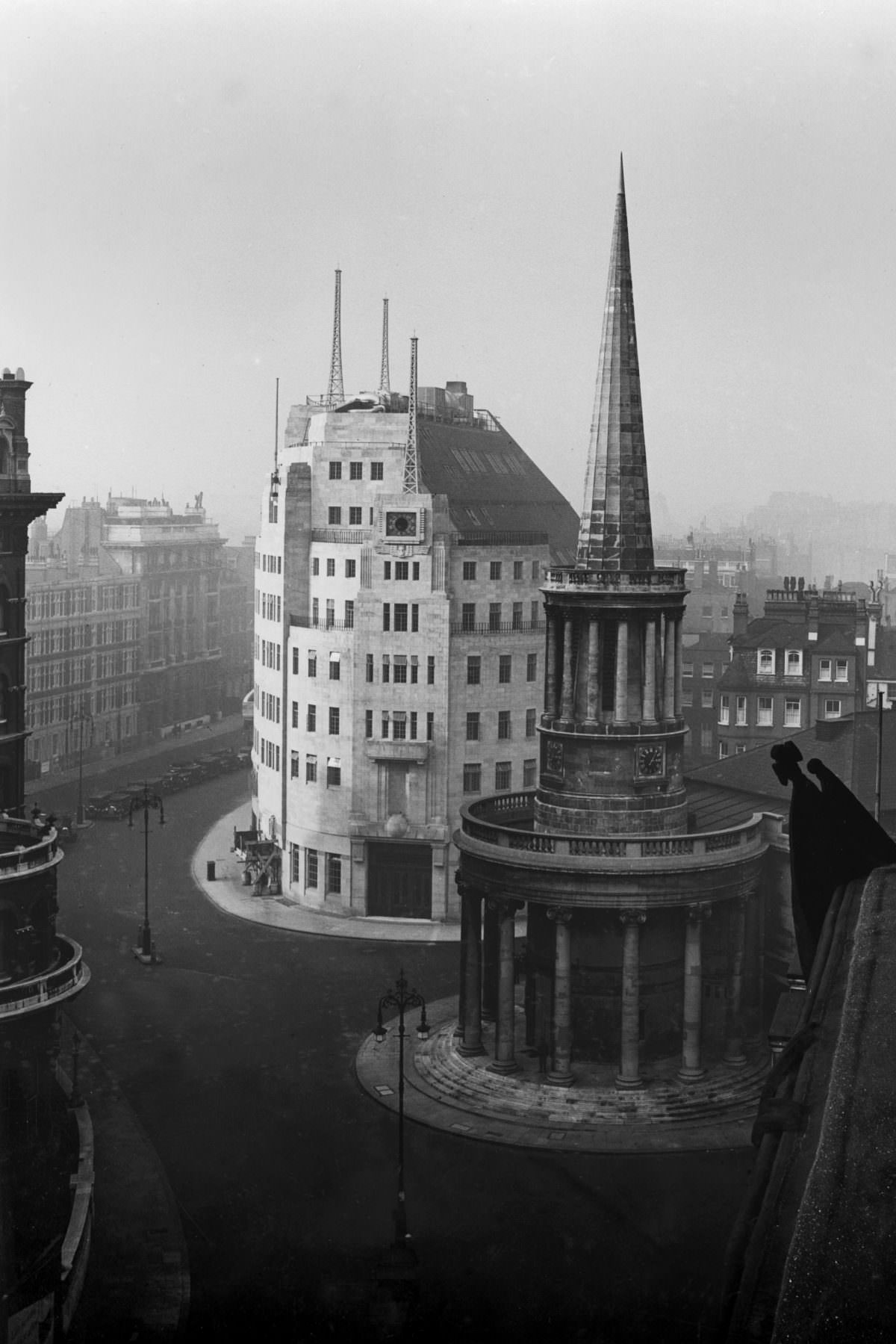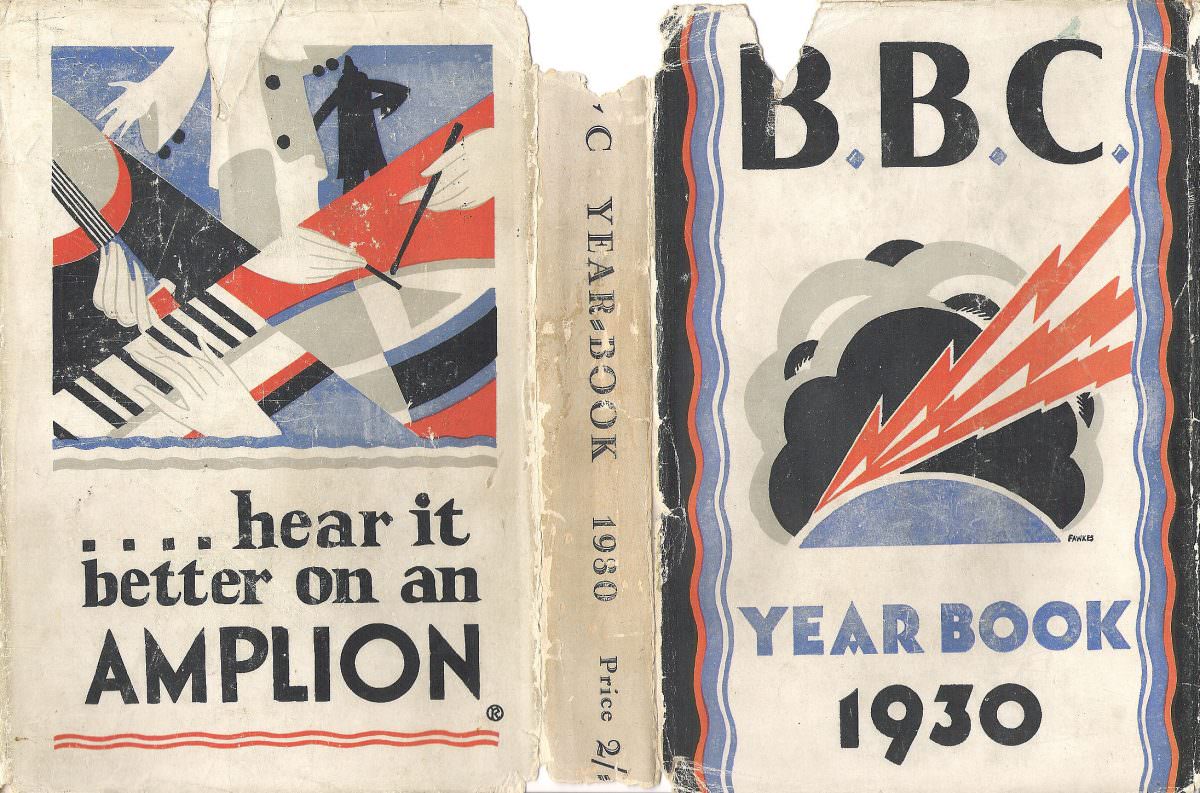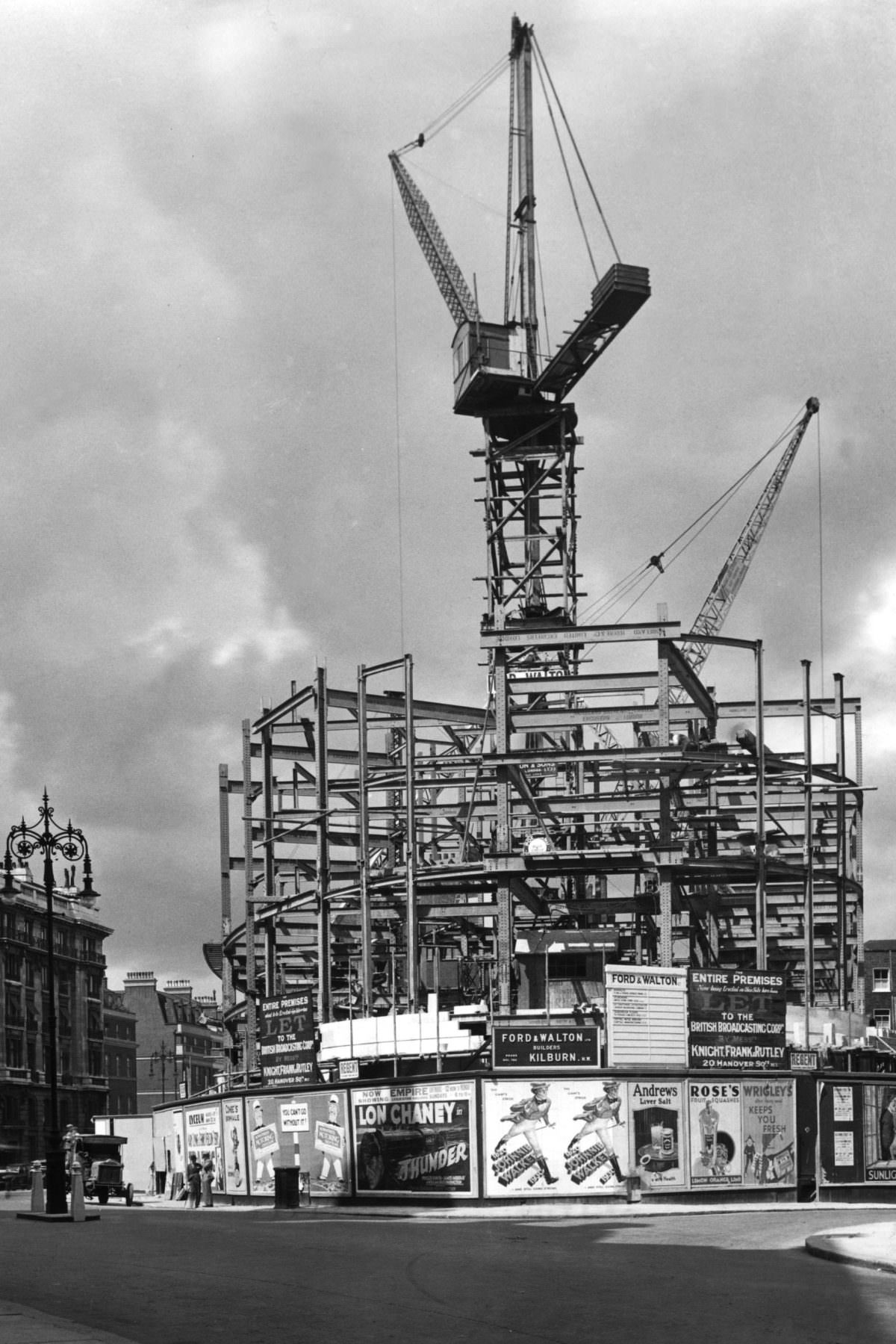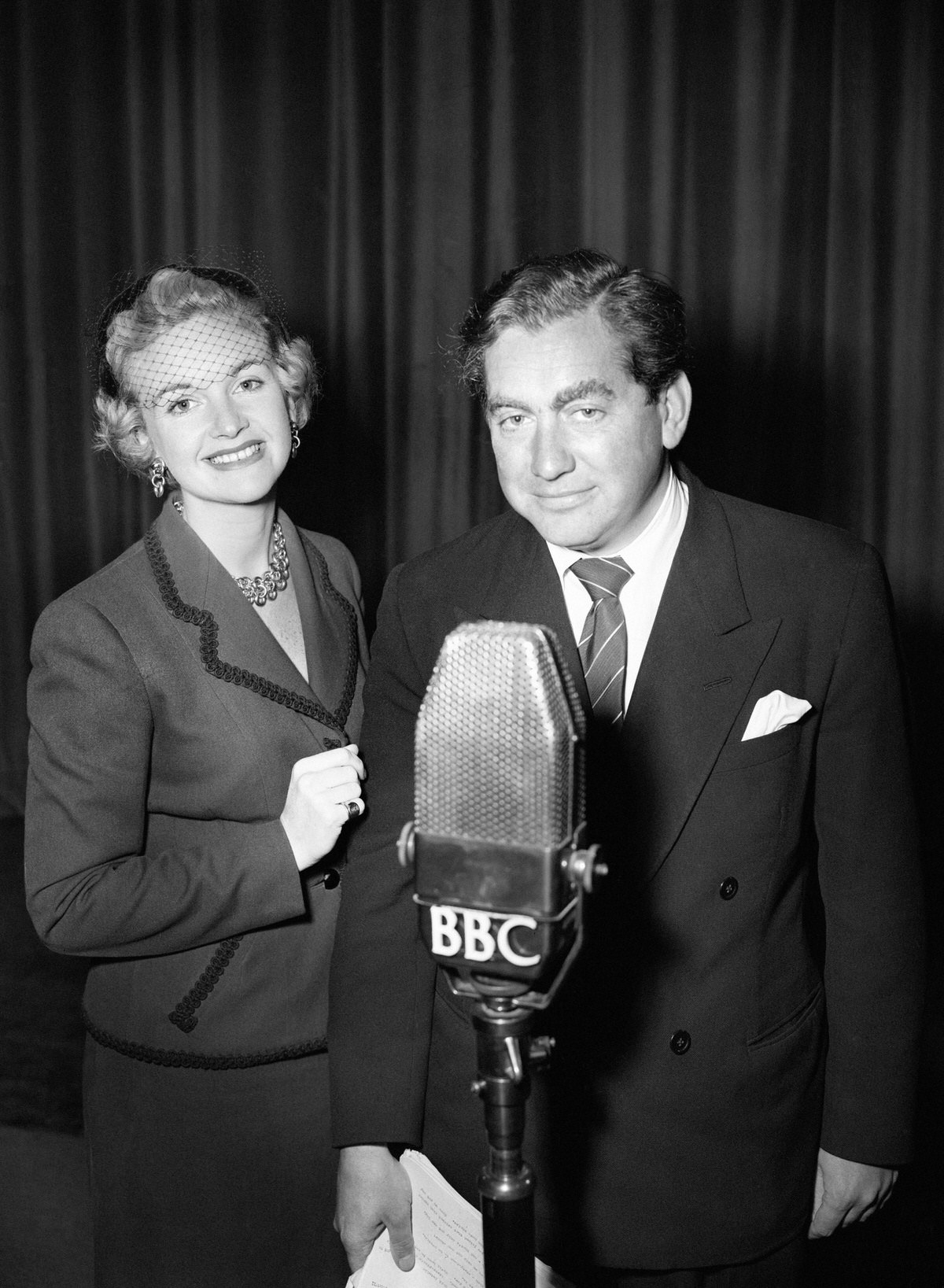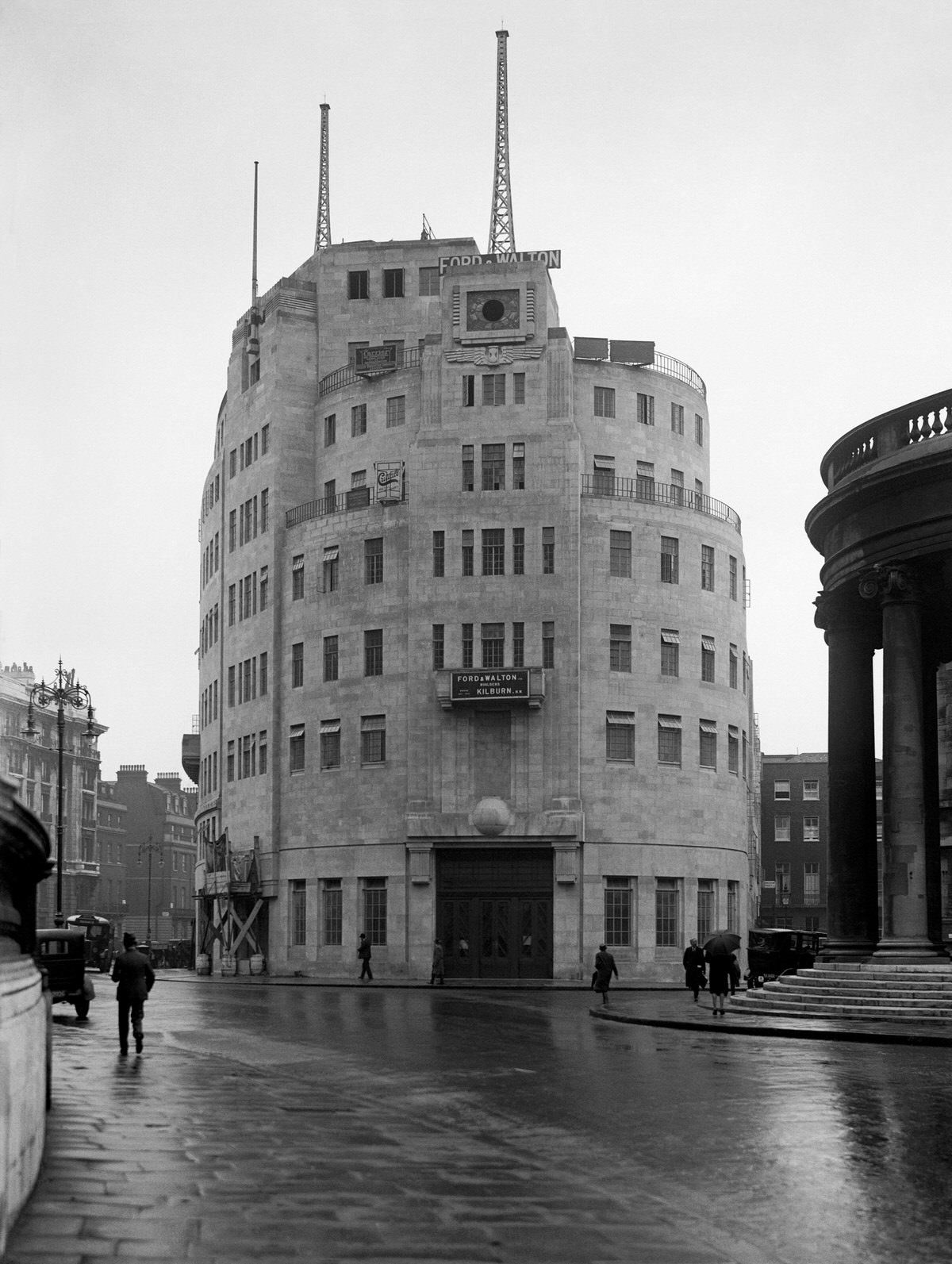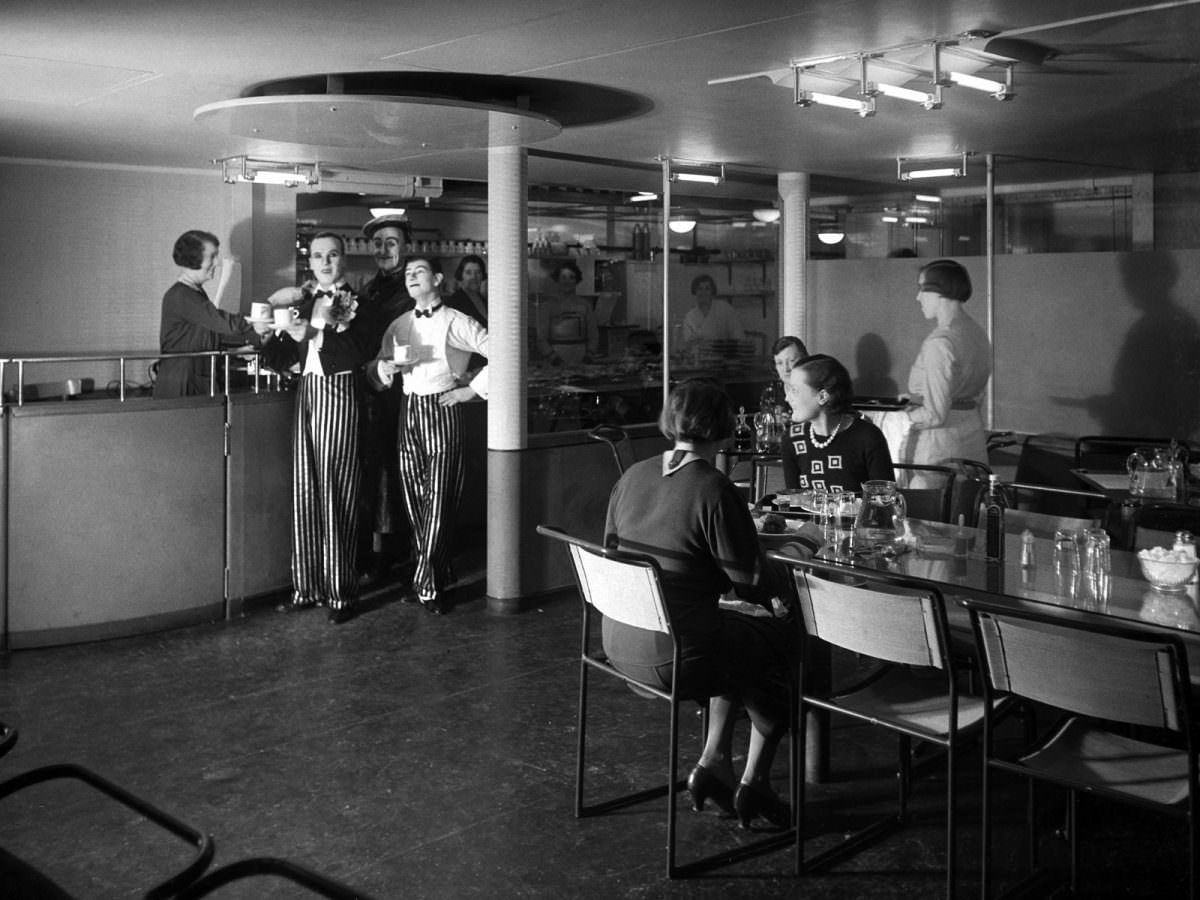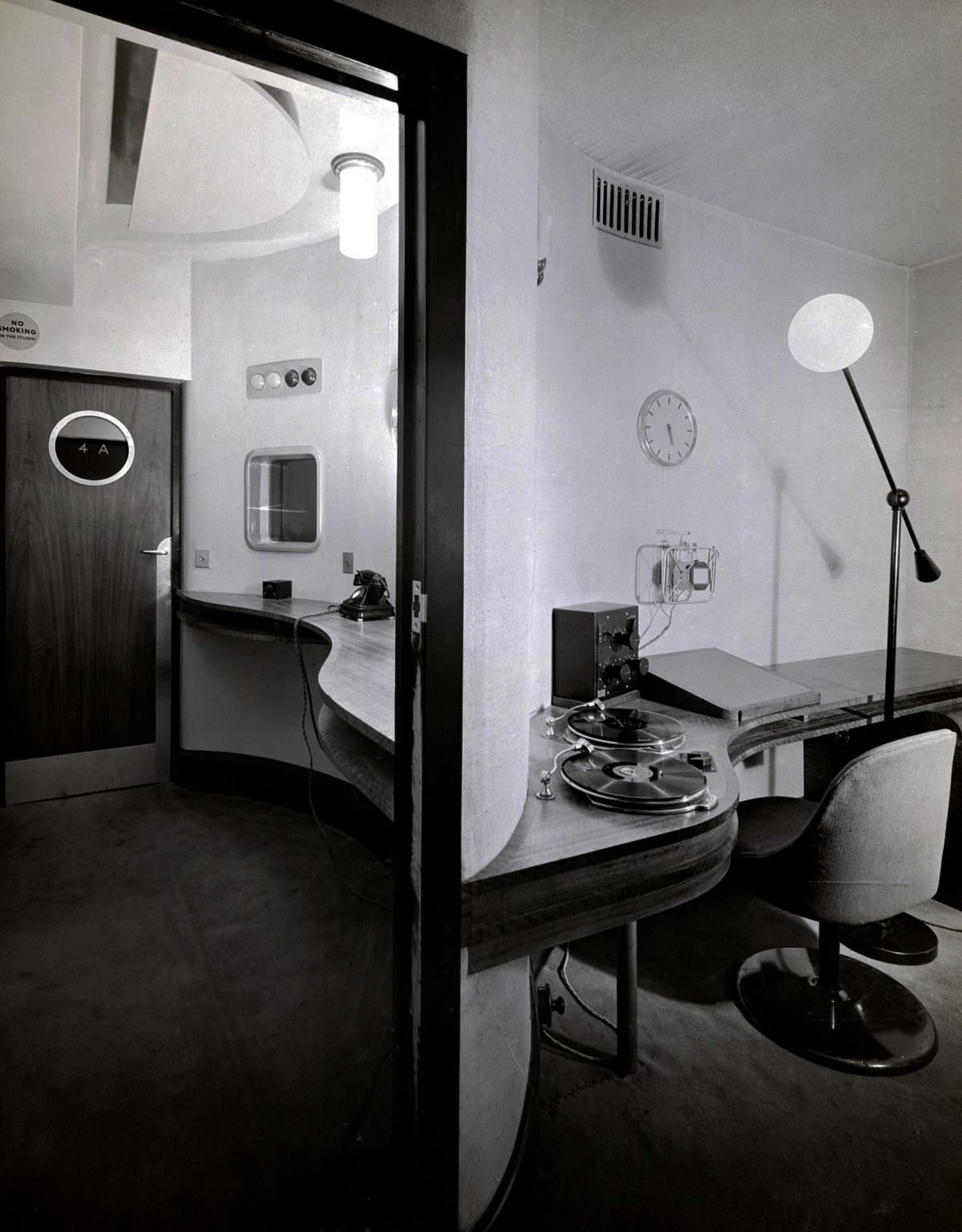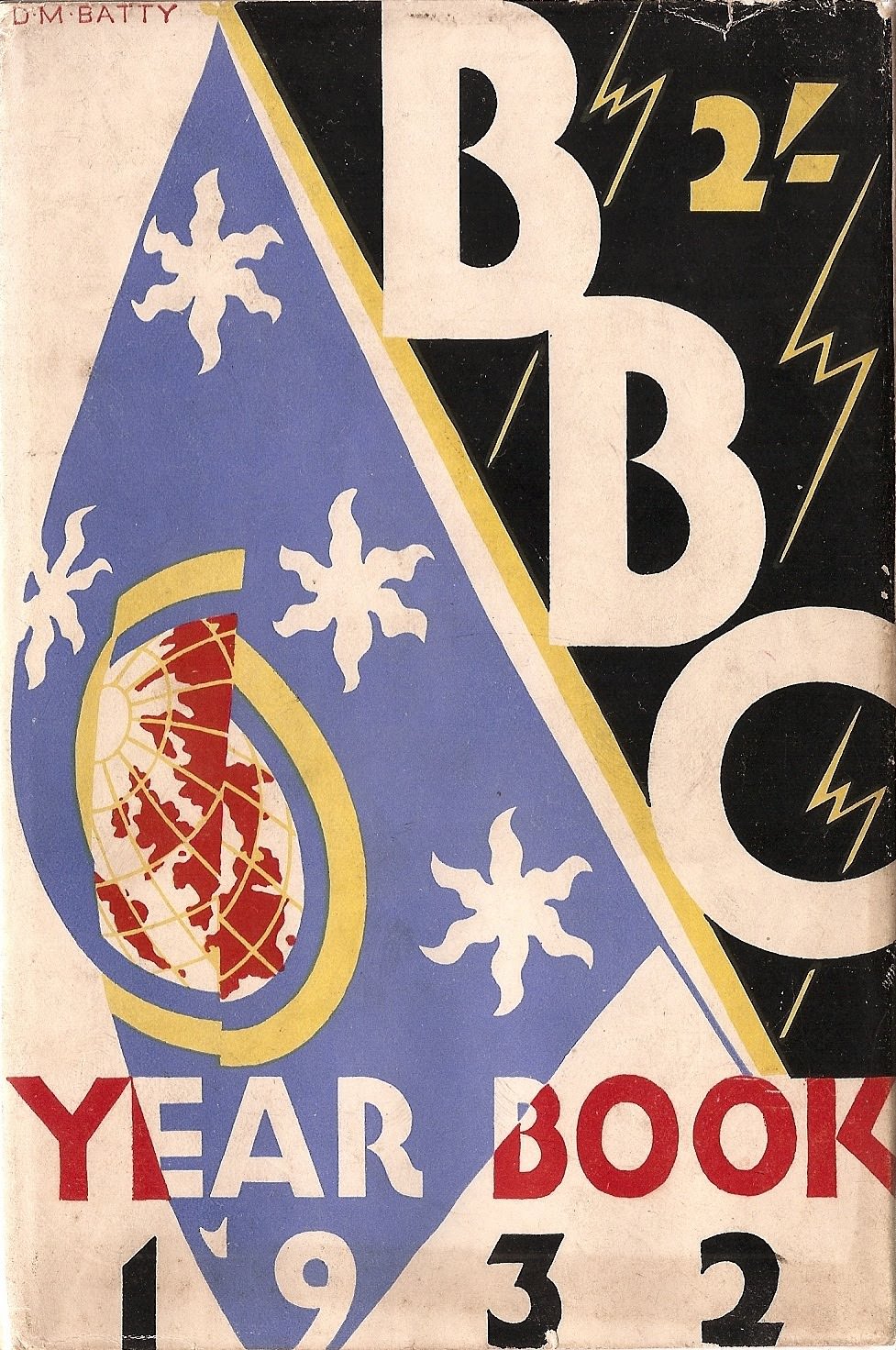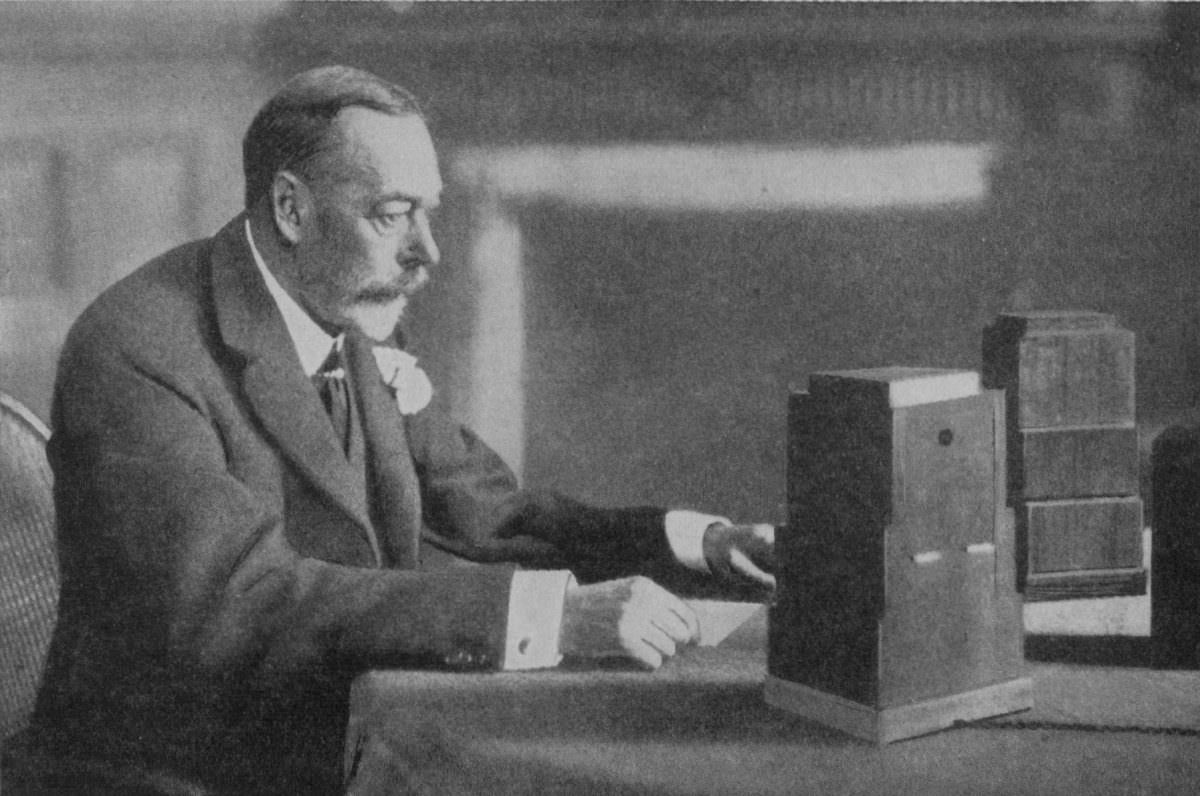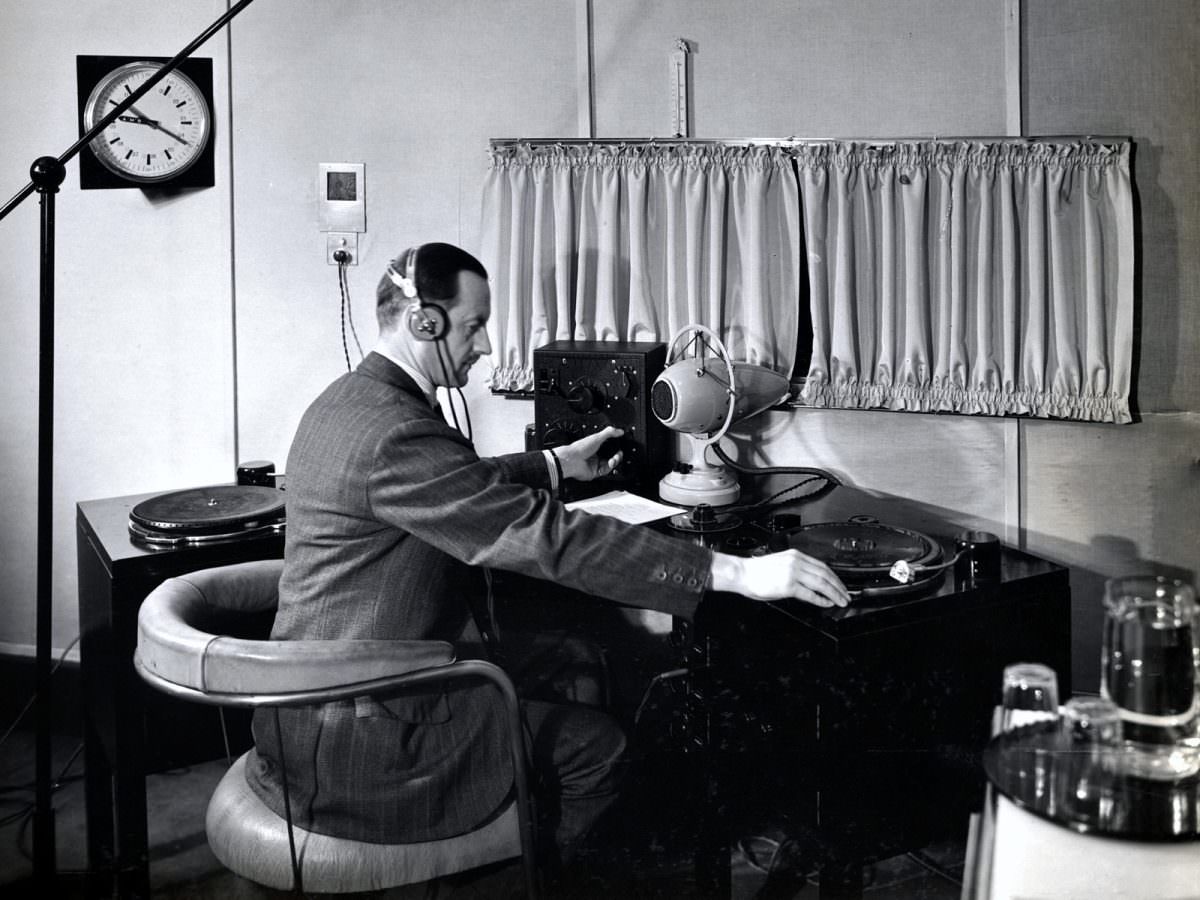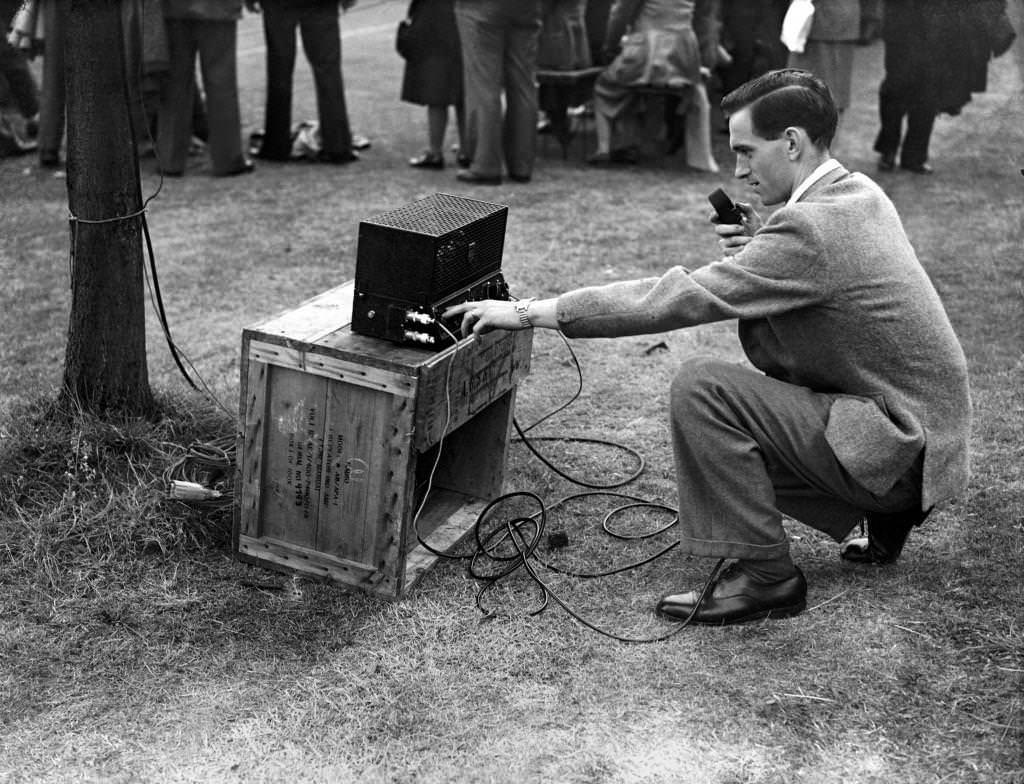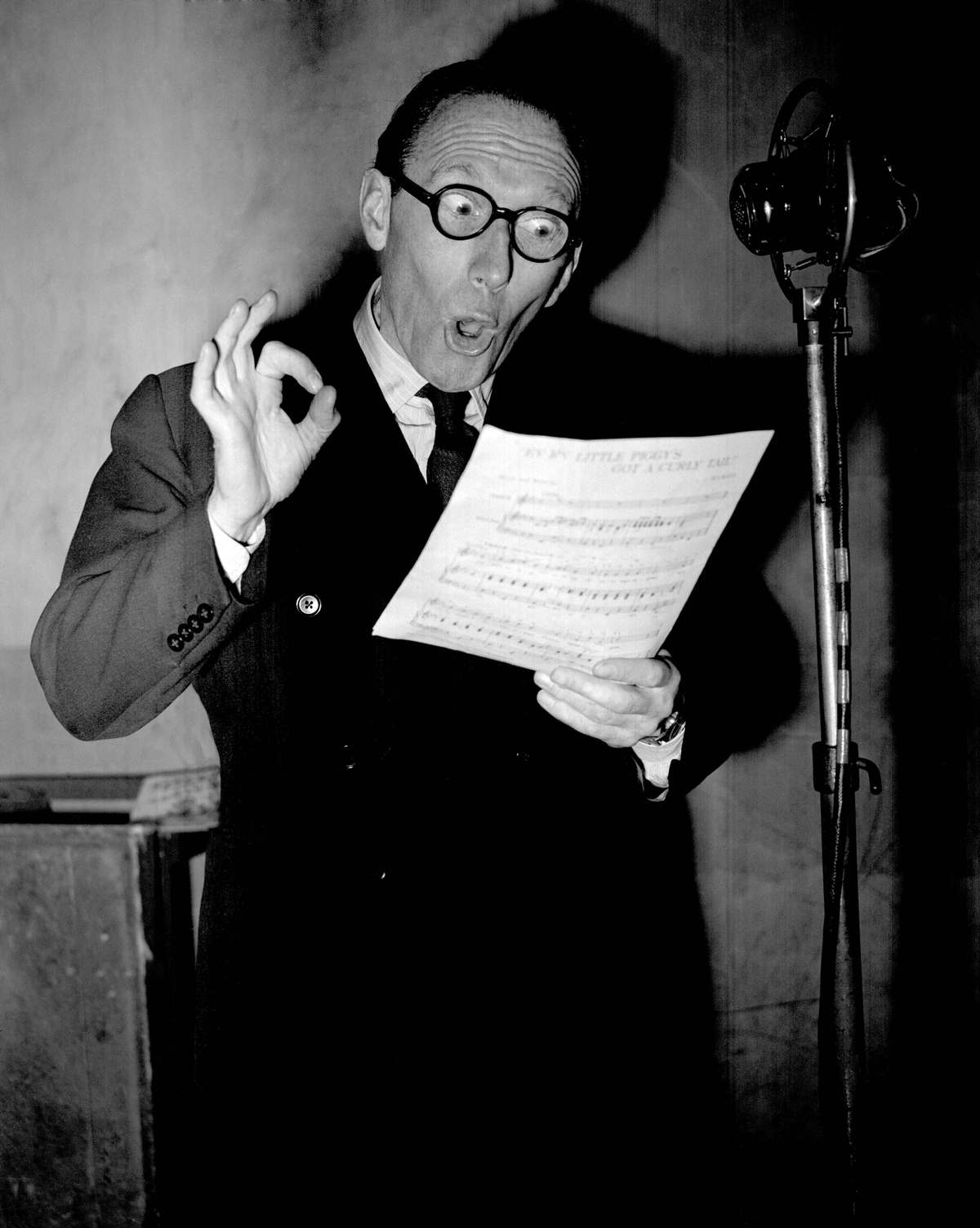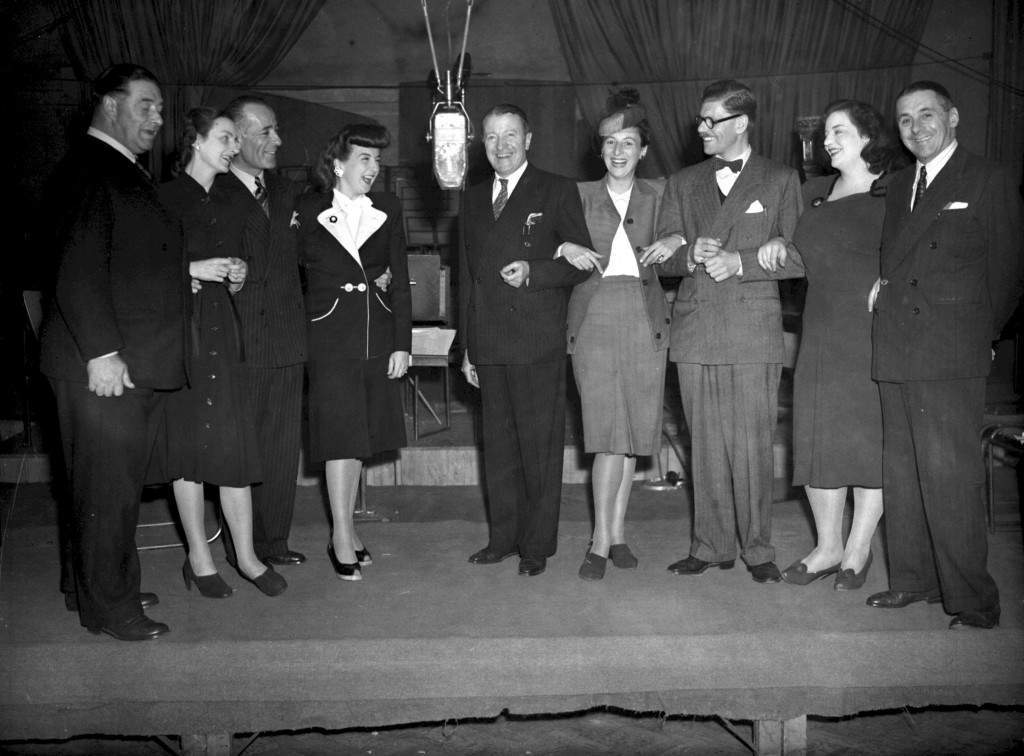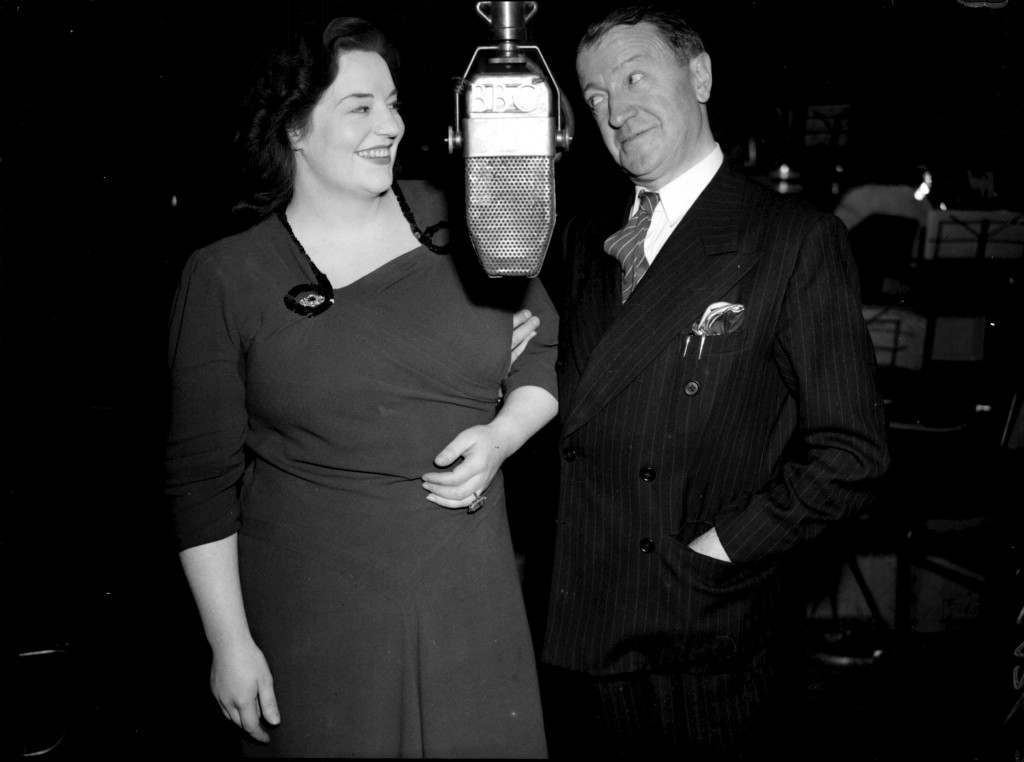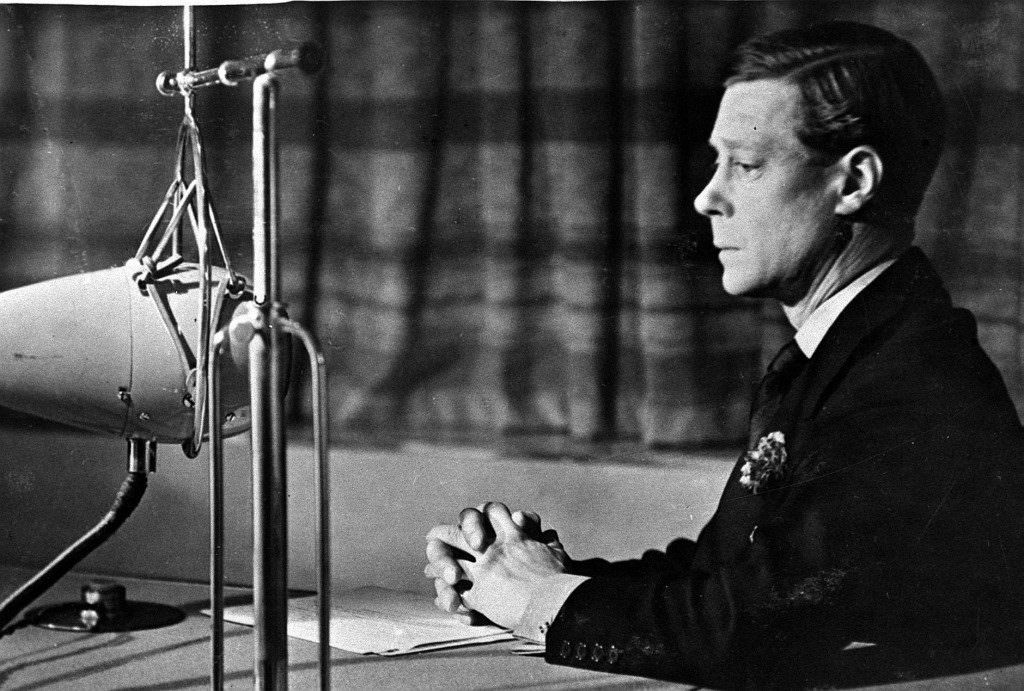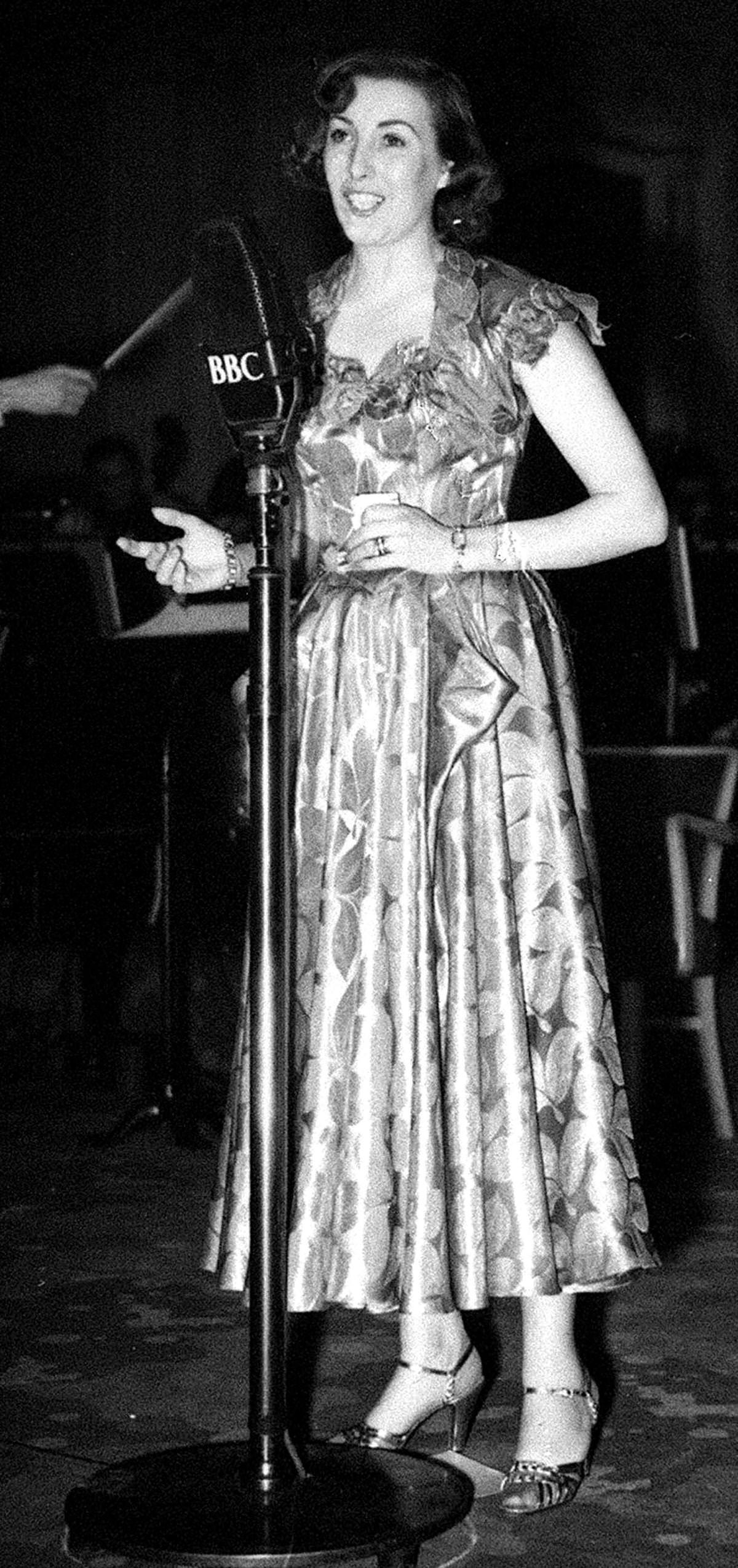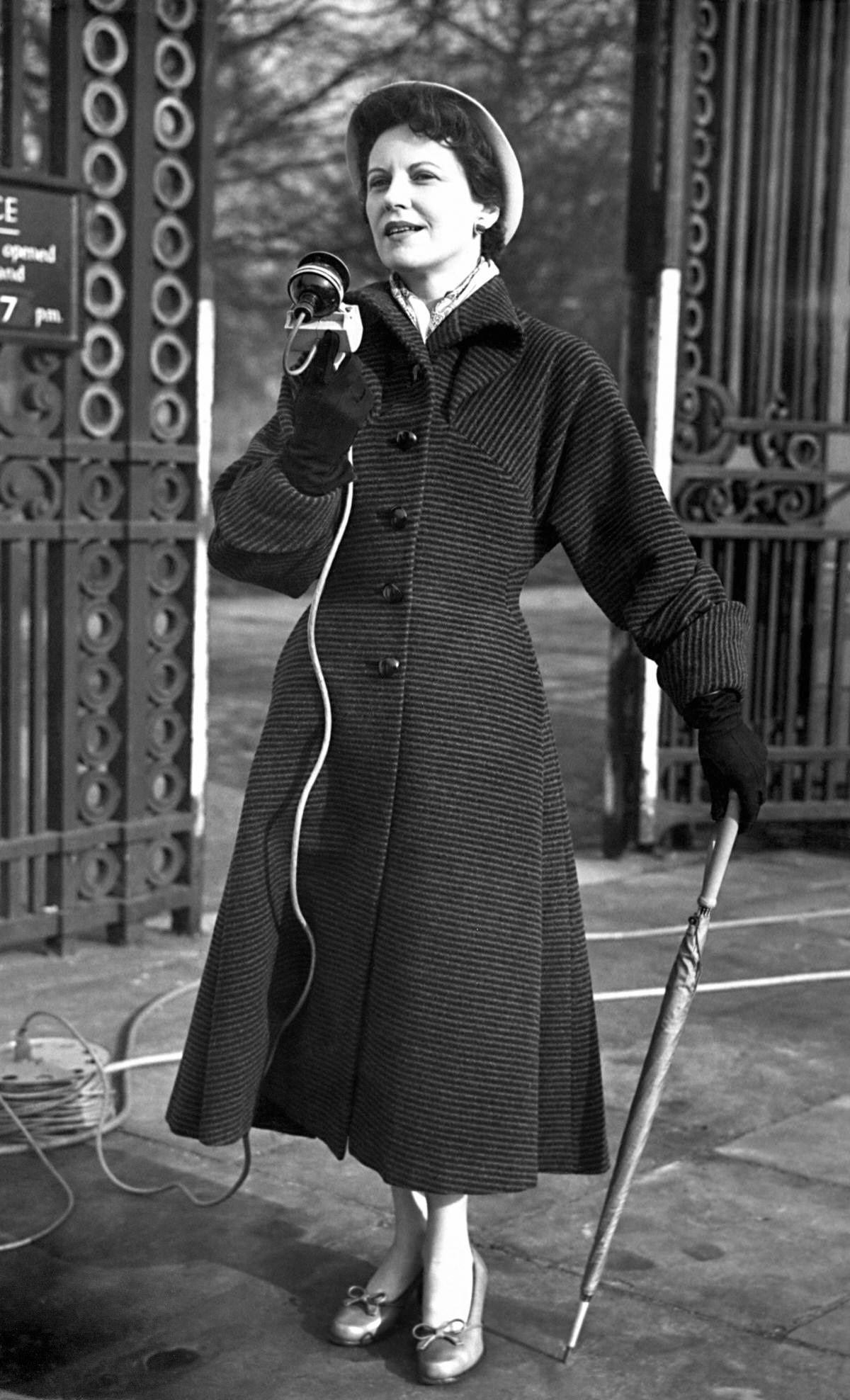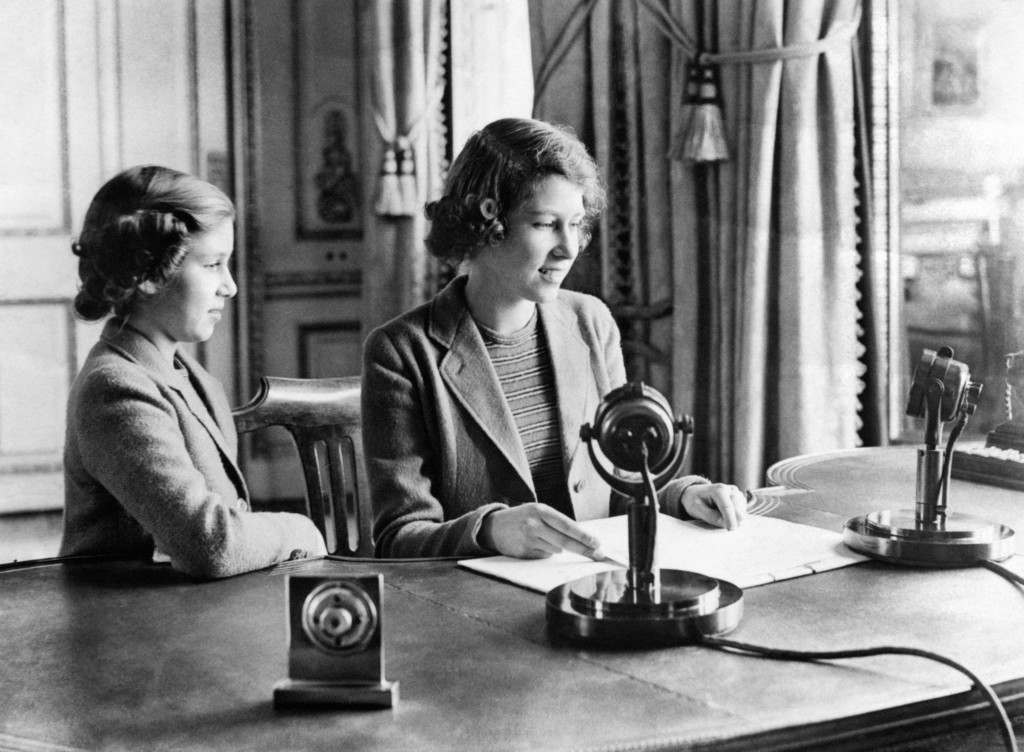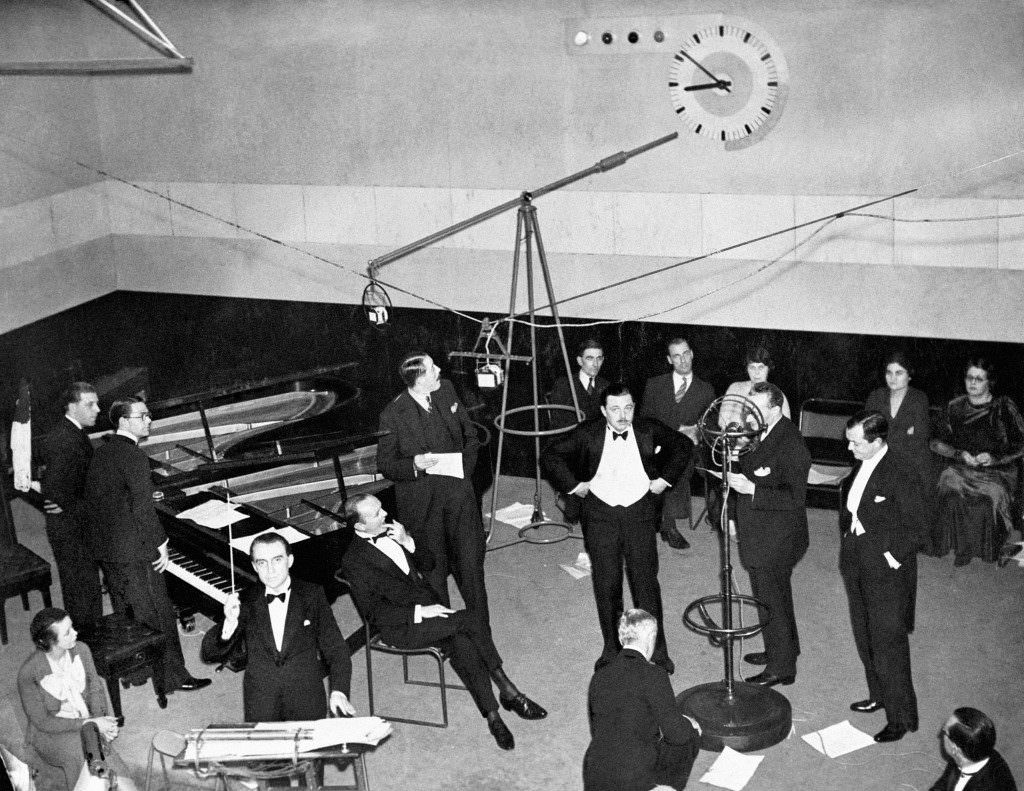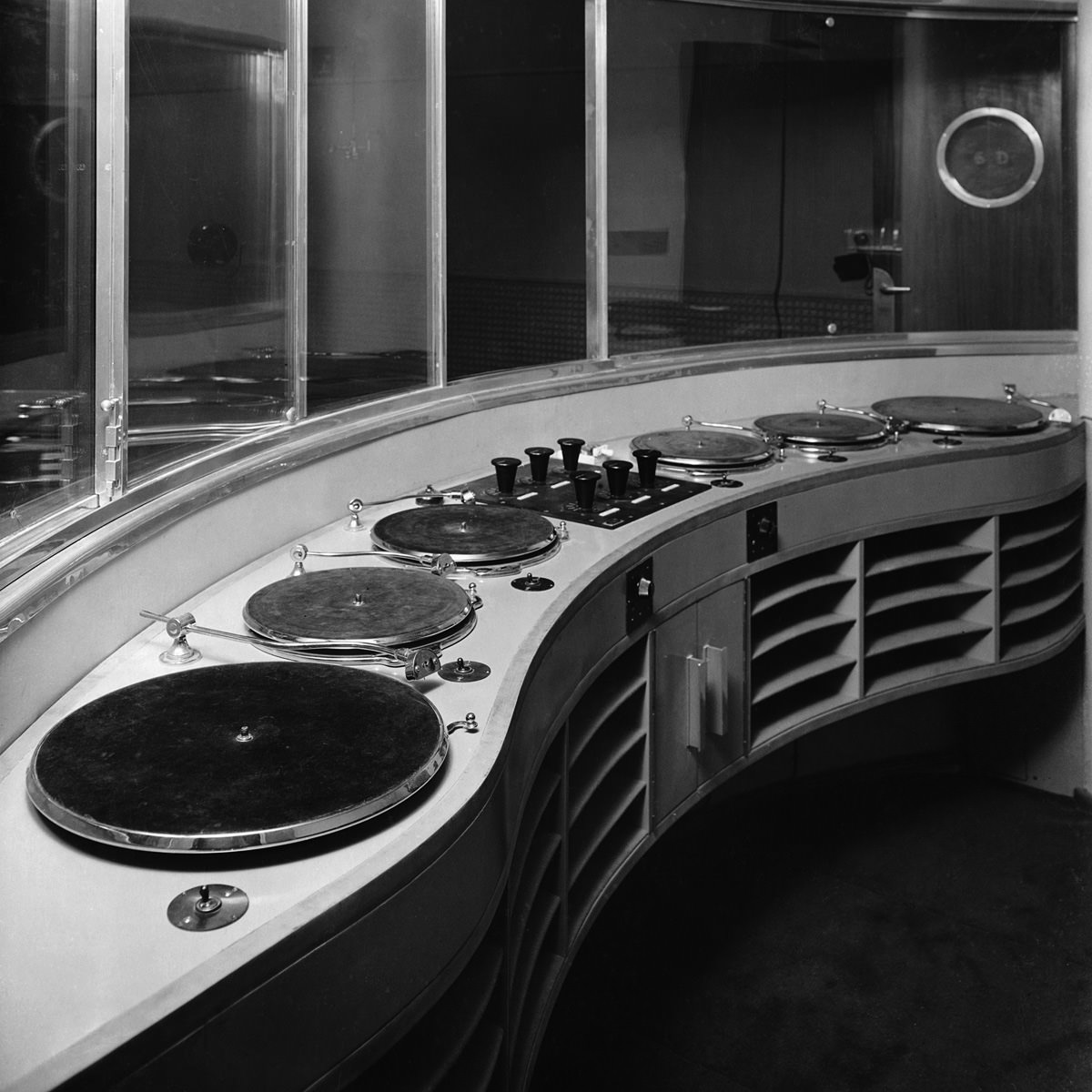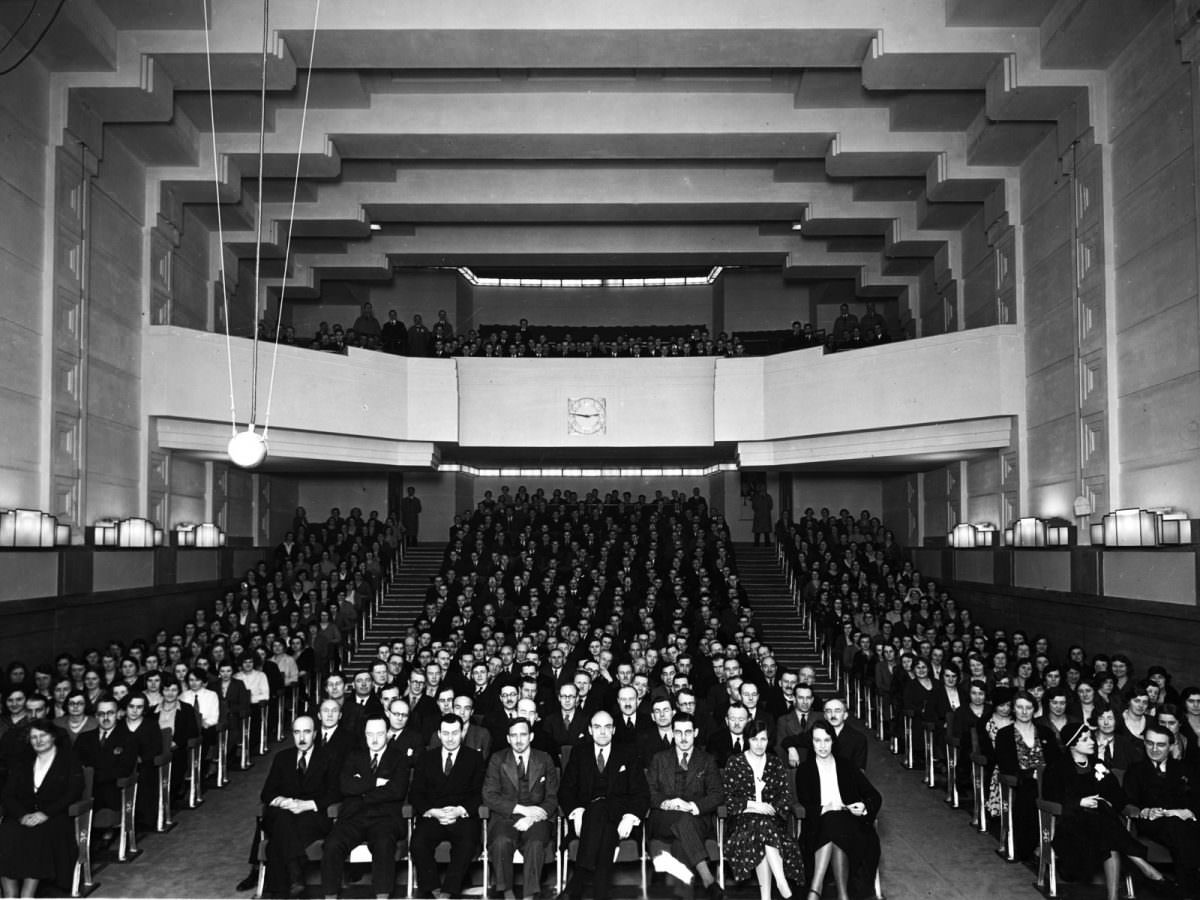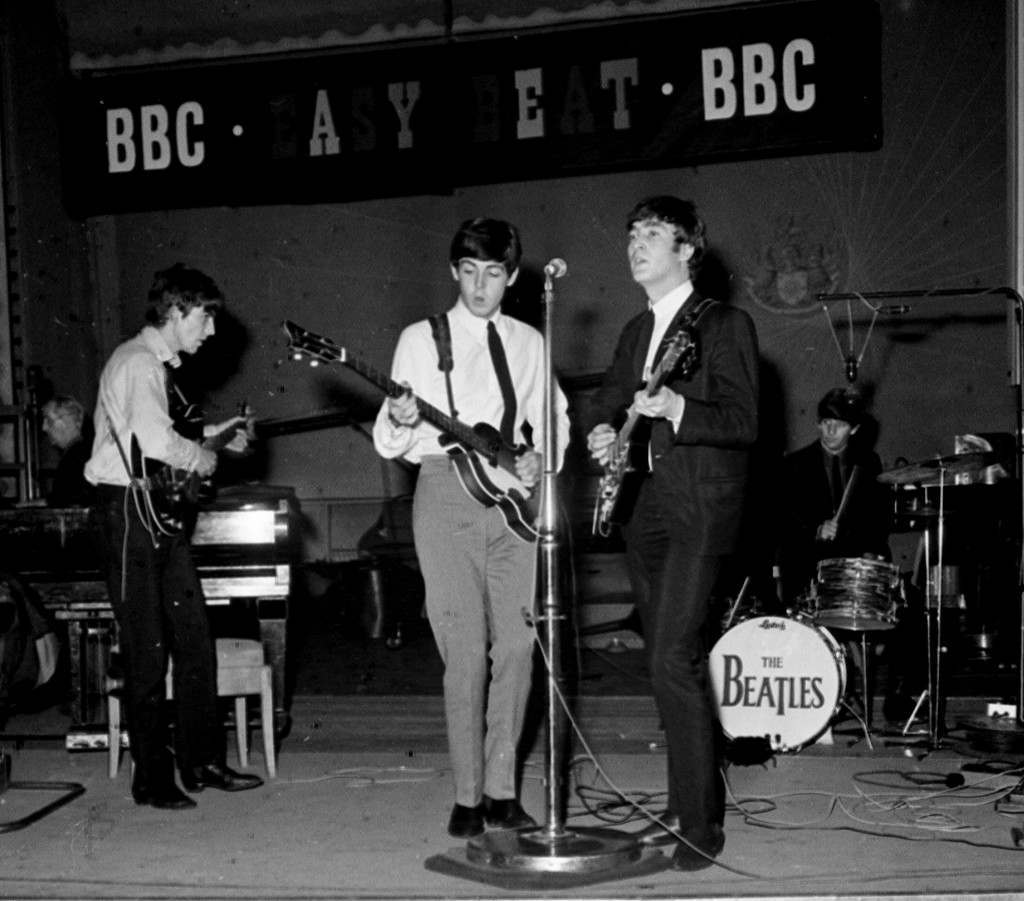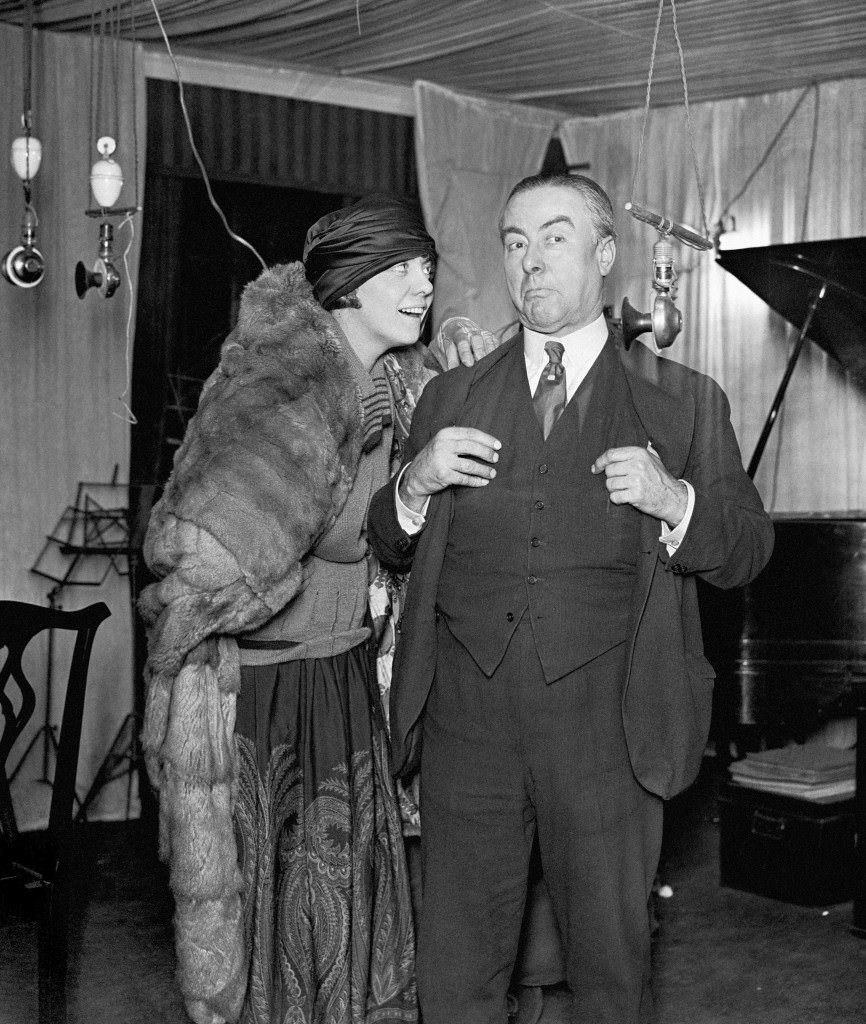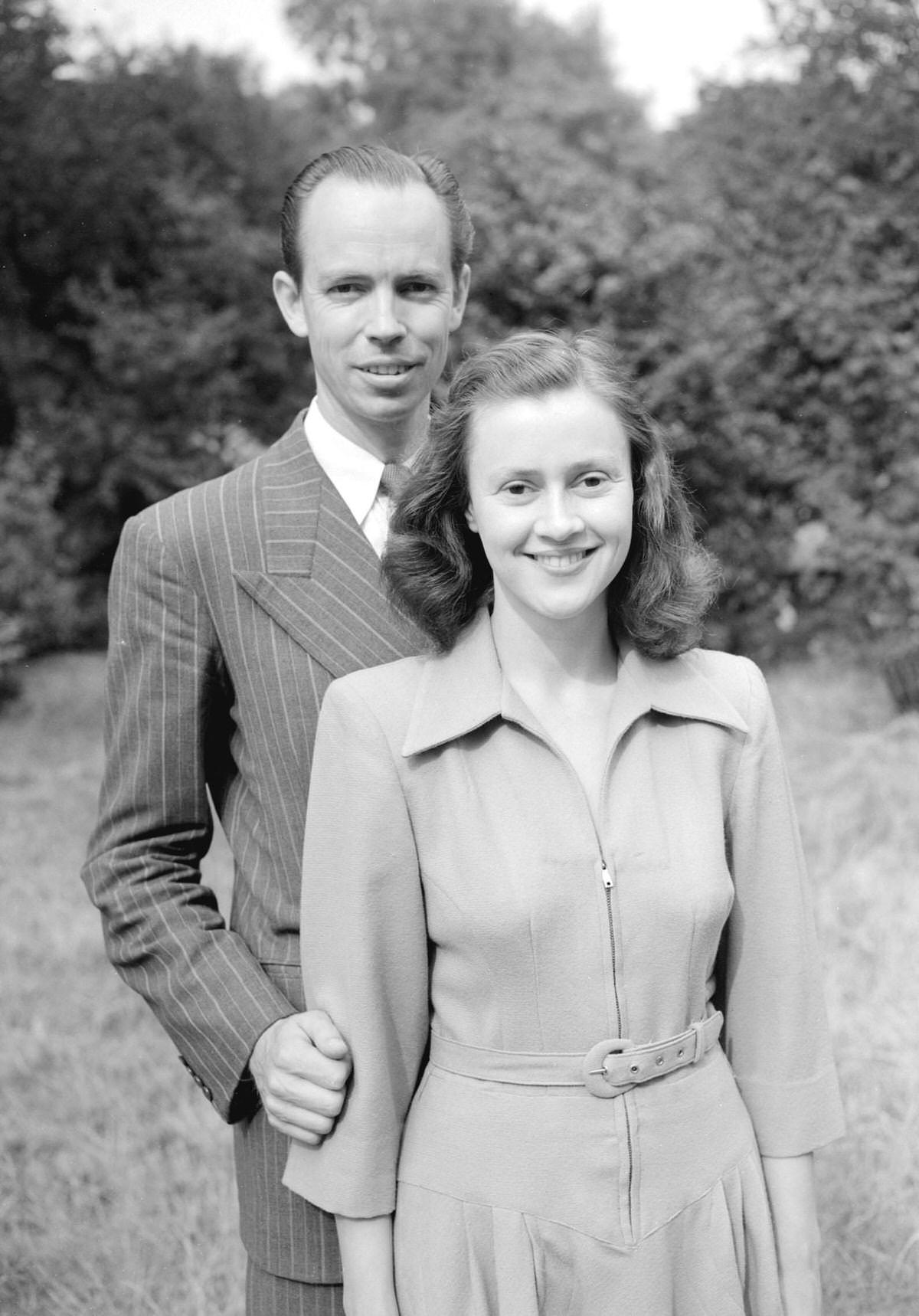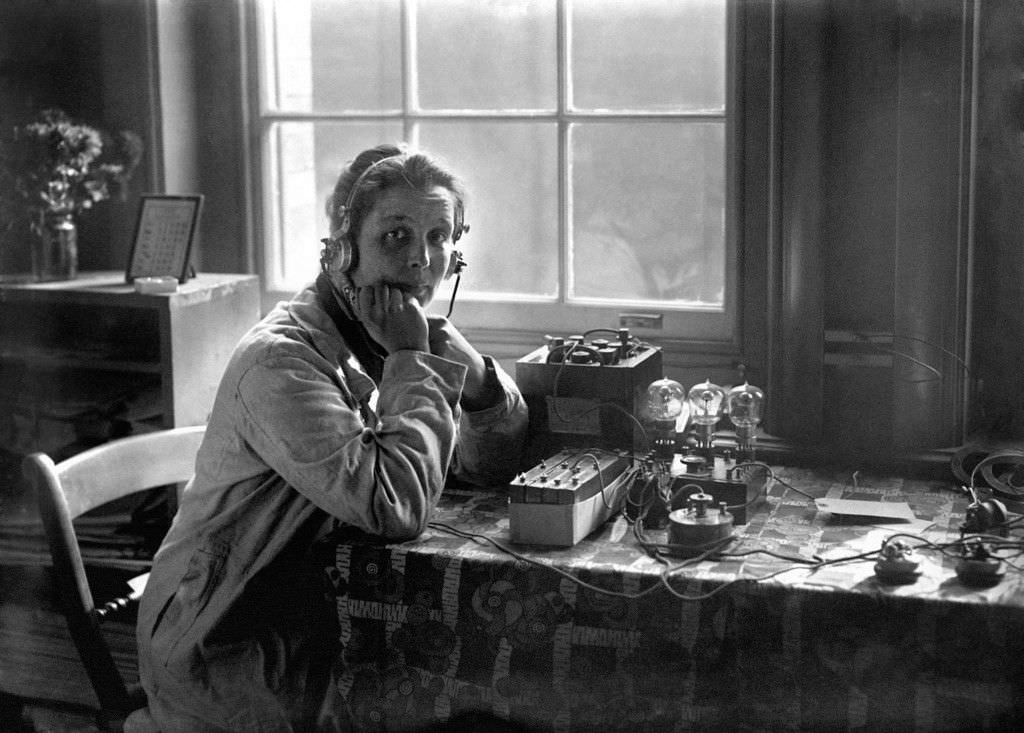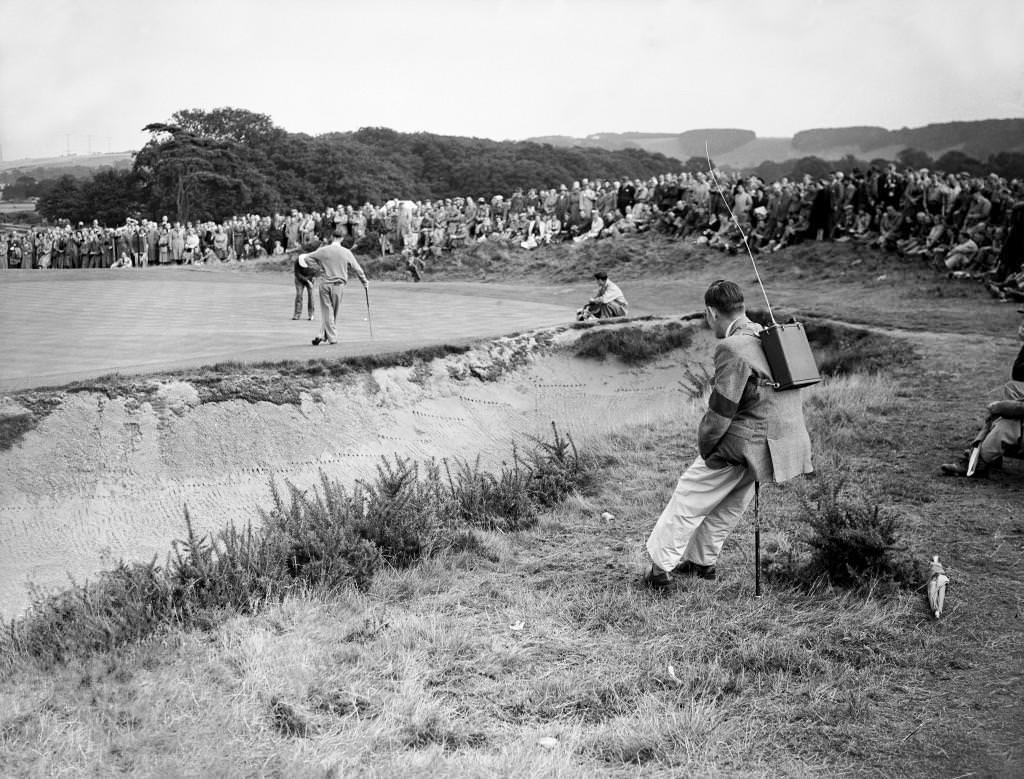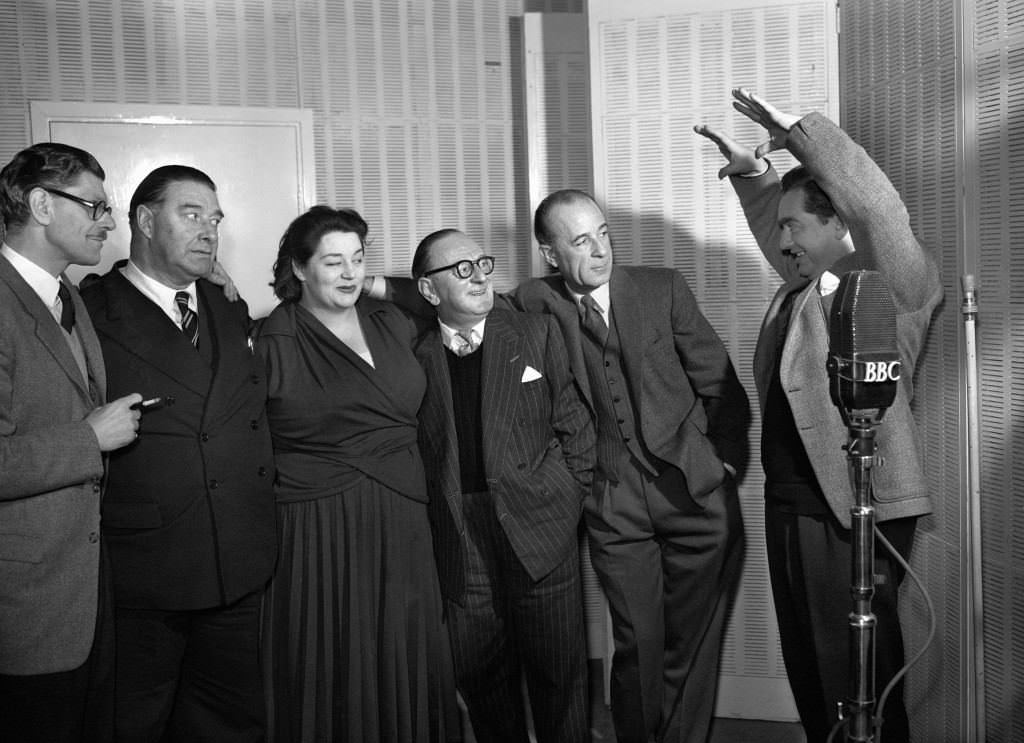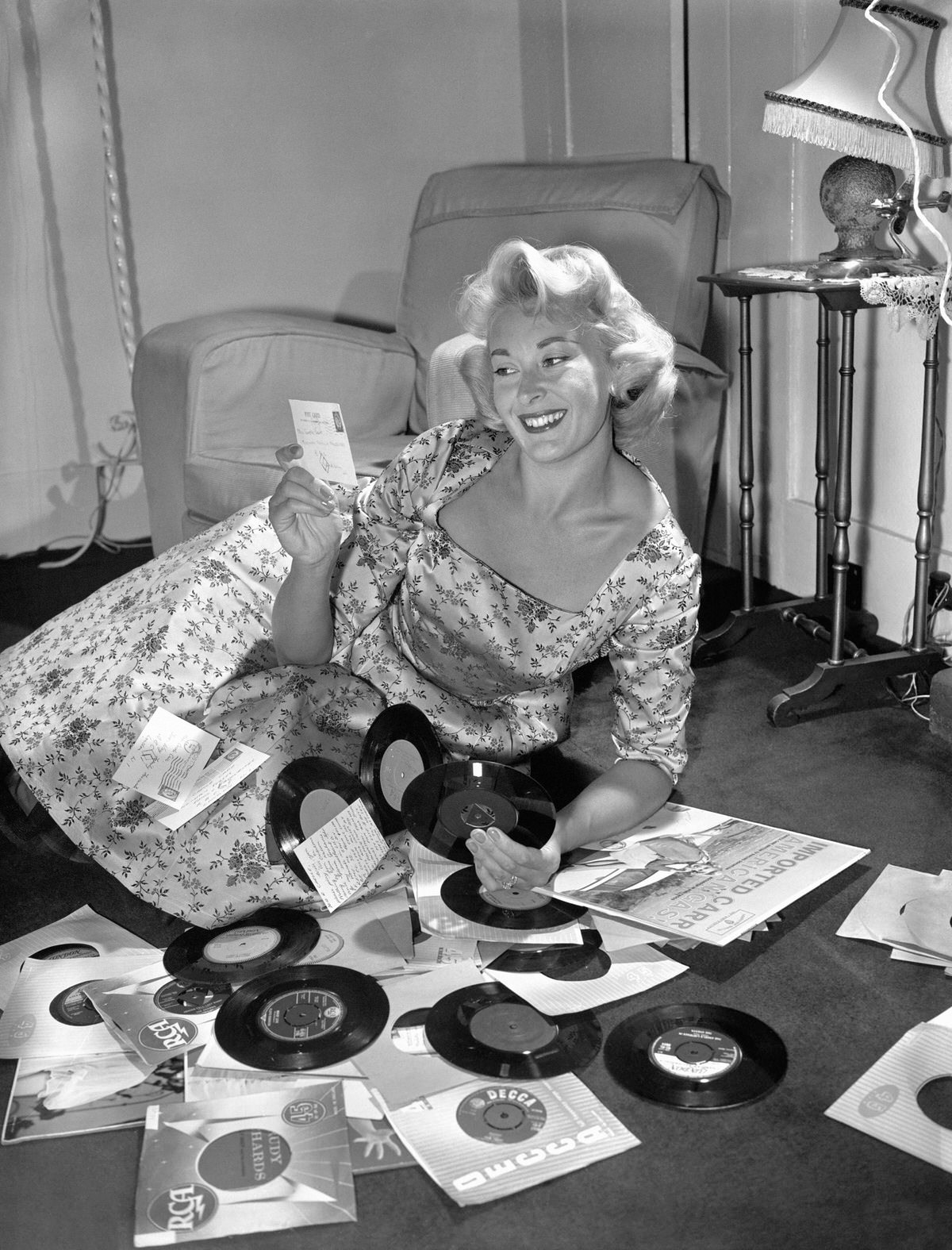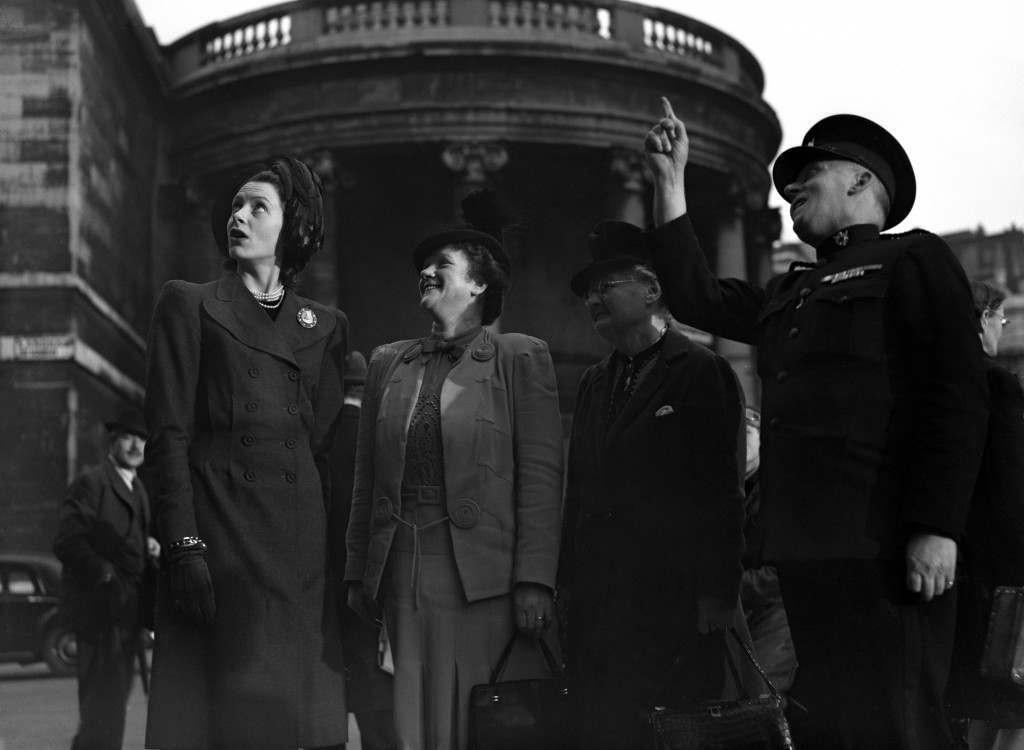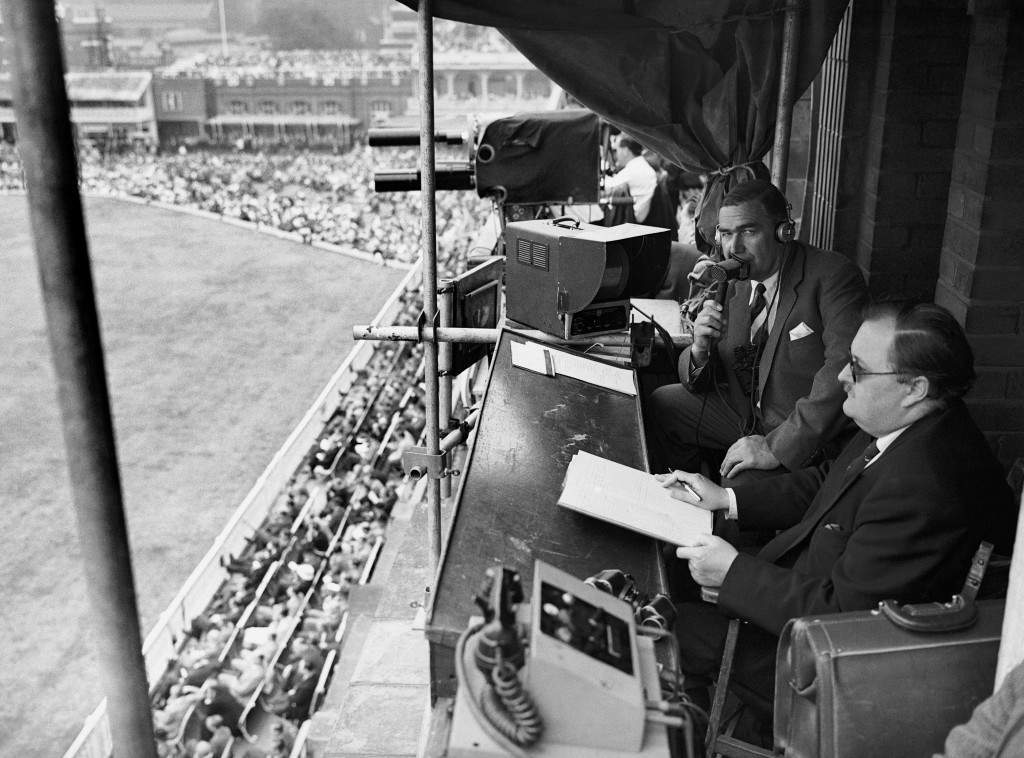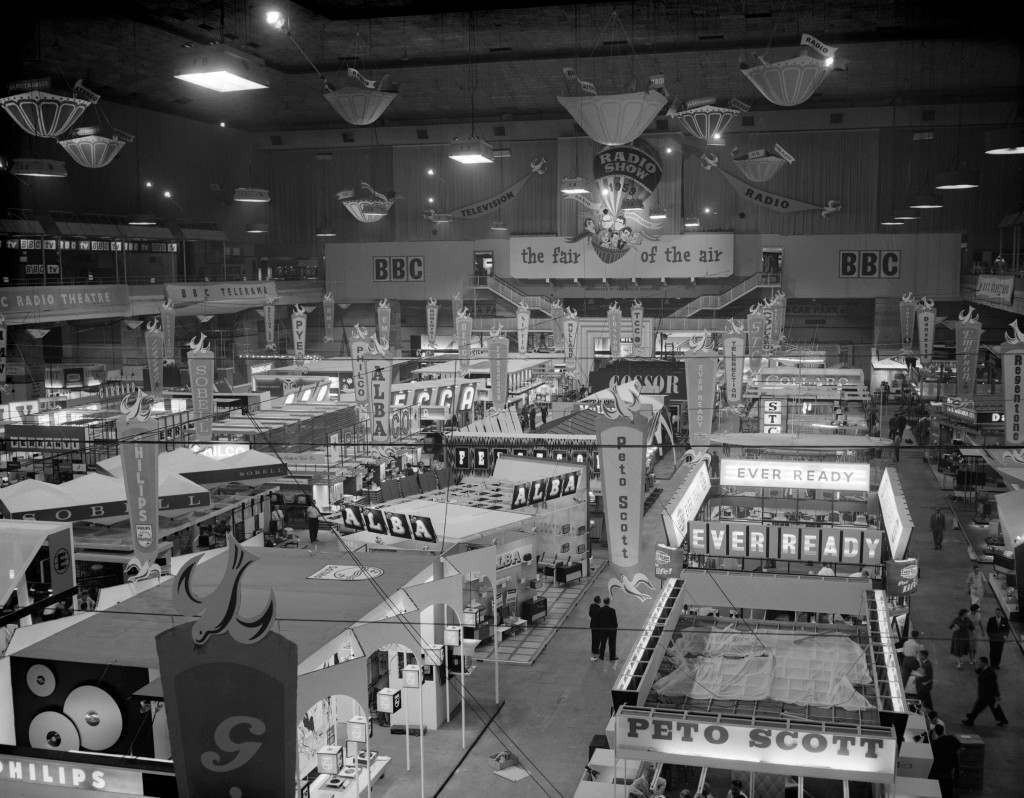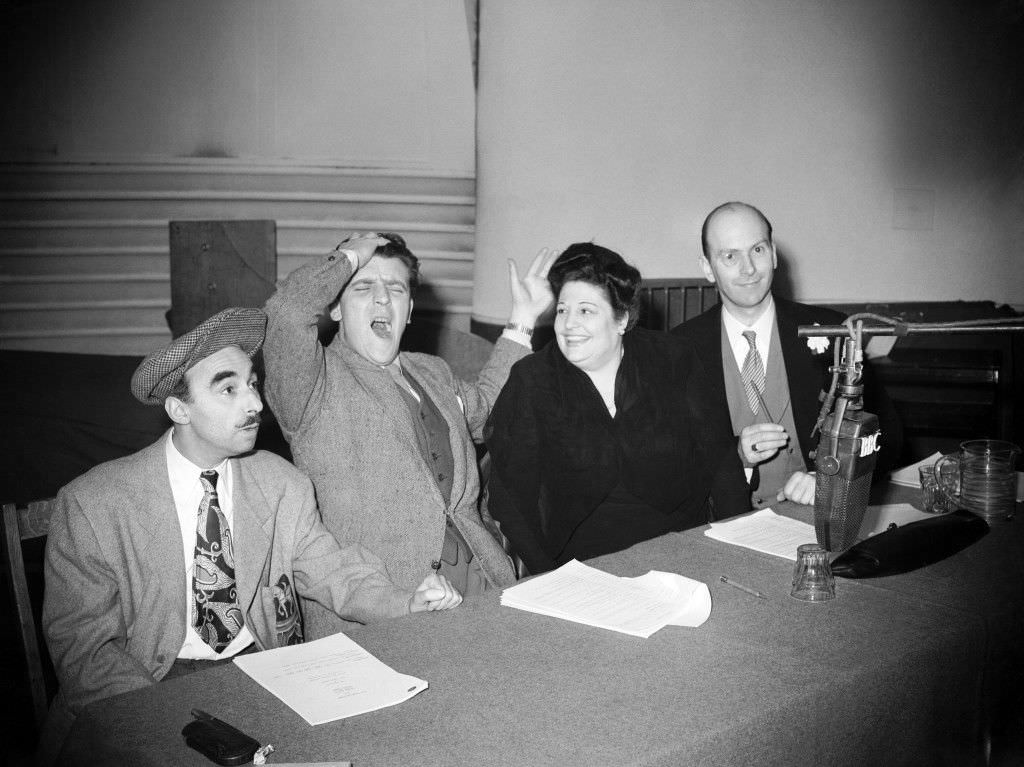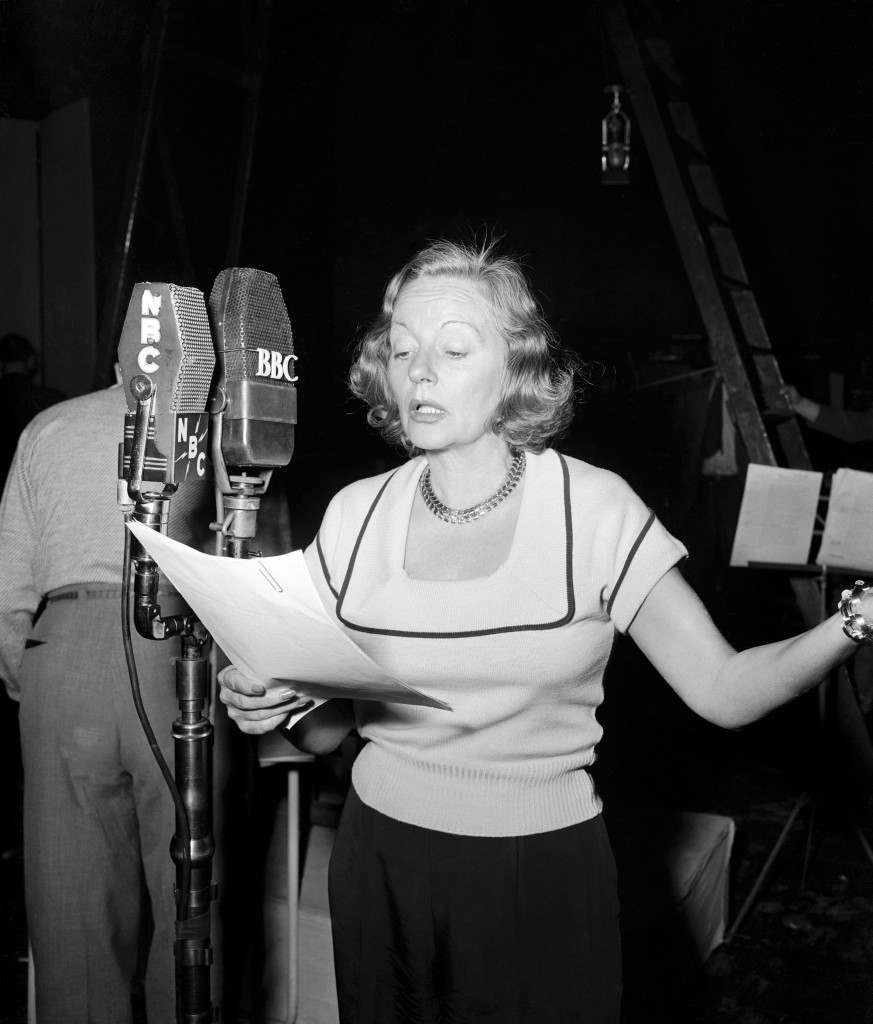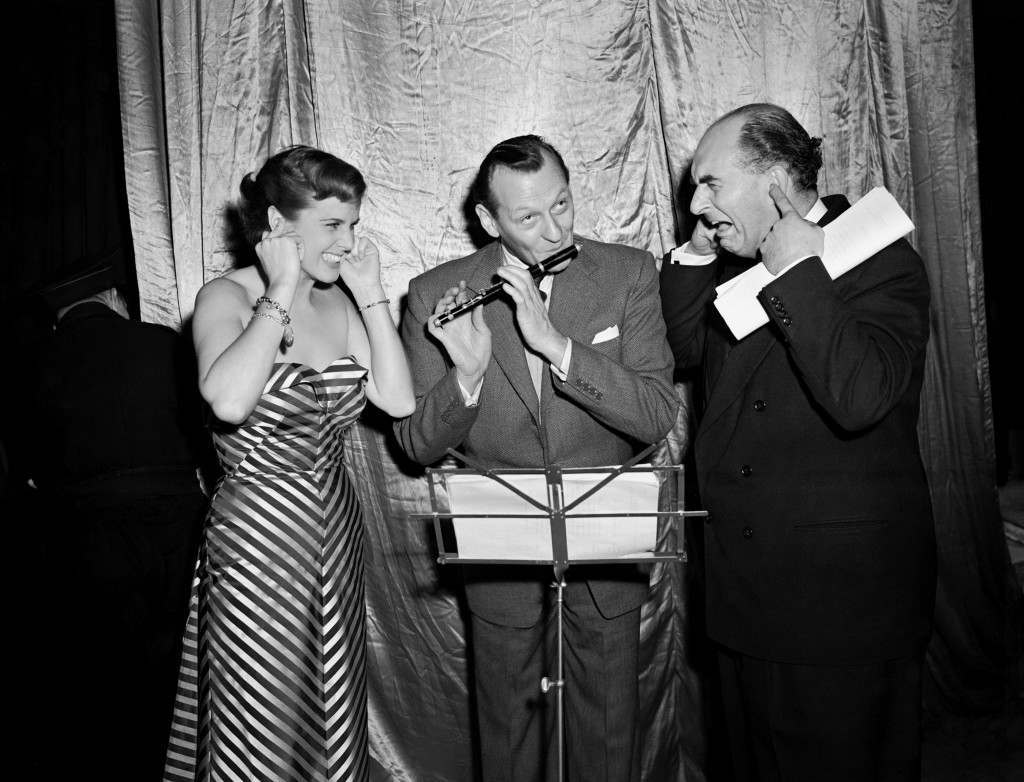The BBC began daily radio broadcasts on 14 November 1922. At 6 pm, a news bulletin from news agencies was broadcast. Following this, the Met Office provided a weather forecast. Arthur Burrows, Director of Programmes, read the bulletin twice, once fast and once slowly, so that listeners could take notes if they wished. The radio broadcasts were made from 2LO, a transmitter acquired from Marconi by the British Broadcasting Company. 2LO derived its name from the number of the broadcasting license issued to Marconi by the Post Office. Initially, there was a restriction on what and when the BBC could broadcast due to concerns from both the government and newspapers about its ability to drown out official communications. With the realization that the radio could entertain and inform, the call sign “2LO calling” became well known. Gradually, broadcasting restrictions were relaxed, and radio became an integral part of British life. The 2LO transmitter is on display at the Science Museum in London.
The BBC was founded by six private ‘wireless’ manufacturers, including Marconi, hoping to sell their radios. By the end of the first year, the pioneering staff of just four had grown to nearly 200, and various programs were airing. The company moved to Savoy Hill in 1923. When the BBC became owned by the British government under the Post Master General, the minister responsible for the postal system and telecommunications, it became known as the British Broadcasting Corporation. The BBC had been publicly funded for five years when it built Broadcasting House and began broadcasting experimental television in 1932. Until 1973, no other radio broadcasting organization was licensed in the UK.
#1 BBC Broadcasting House in 1932
#2 BBC Yearbook 1930
#3 BBC Broadcasting House under construction in 1930 Lon Chaney in Thunder
#4 Working with smiles are Moira Lister and Tony Hancock, rehearsing together for the new radio show ‘Hancock’s Half Hour’, 1954
#5 A view of the newly-built BBC Broadcasting House in a wet central London, 1931.
#6 Picture shows unidentified male and females in the restaurant at Broadcasting House, Nov 1932
#7 Studio 4B and News Editors Cubilcle, July 1932 Broadcasting House
#8 BBC Yearbook, 1932
#9 Derby County captain 36 year old Jack Nicholas (second left) steps up to the microphone with the FA Cup to give his opinion on his team’s extra time 4-1 victory, 1946.
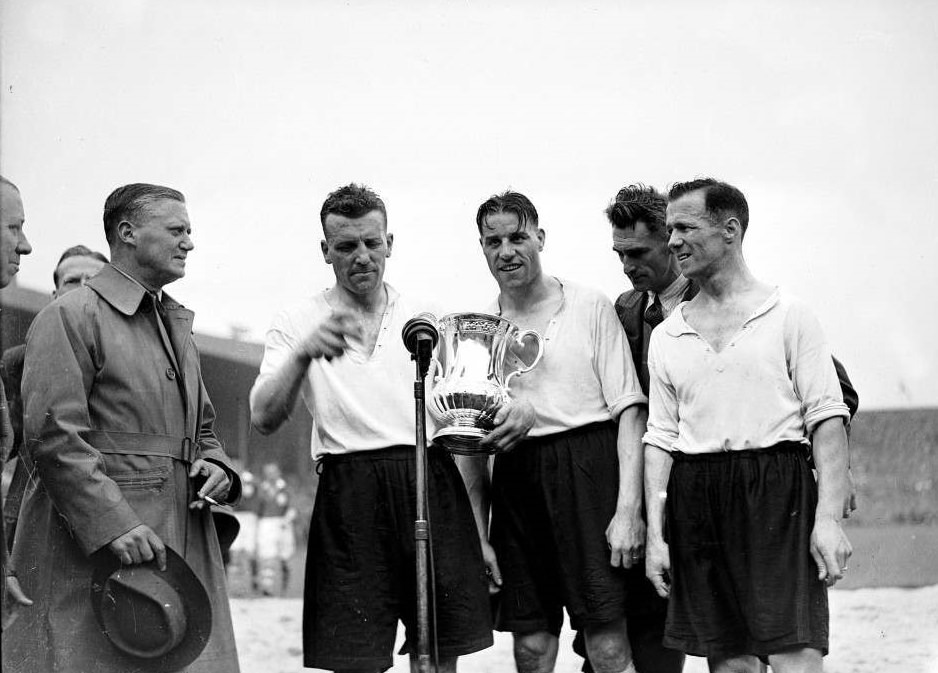
The players in the 1946 Cup final were awarded two medals each. Due to a shortage of gold following the Second World War, the two teams were initially presented with bronze medals (winners and runners-up) on the day, and subsequently awarded the gold versions when gold became more readily available later that year.


